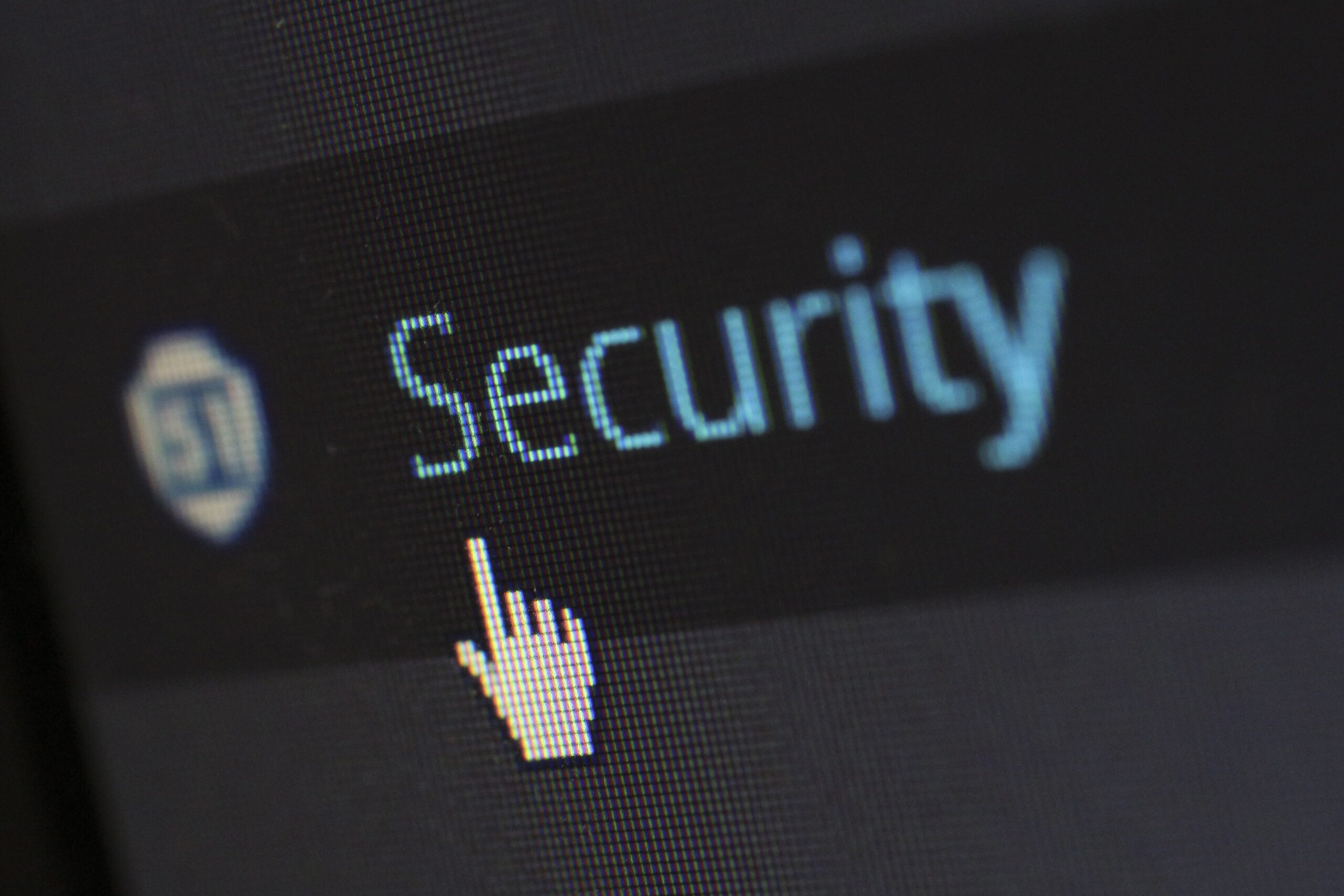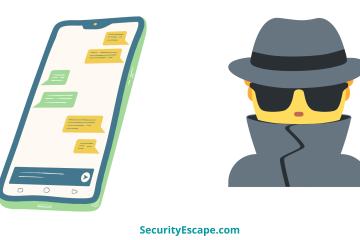
The use of public Wi-Fi has increased substantially in these past years. Cafes, restaurants, hotels, and business hubs, all are providing their customers with public Wi-Fi hotspots, to make their businesses useful as well as profitable, plus people are not shying off from using this convenient service for their online activity. Although there are some proven risks involved with using public Wi-Fi which is commonly unknown to the users and may cause great trouble. In fact, it can be a troublemaker for the finances part. Thus, with the help of this article, I will try to educate you on what are the risks associated with public Wi-Fi, and how to avoid them for good.
So, without any further ado, let’s hop straight to the discussion.
Contents
What are the risks associated with public Wi-Fi?
So, if you are someone who is a regular user of public Wi-Fi, then there are some common risks associated with it, like;
- Man-in-the-middle attack.
- Eavesdropping.
- Identity theft.
- Fake Wi-Fi networks.
- Malware attacks.
- Zero encryption = zero protection.
- Session Hijacking.
Man-in-the-middle attack:
Man-in-the-middle attack also known as MITM is a type of cyber-attack where a hacker tries to intercept data transmission between two-end points. In this case, a hacker tries to get in the middle of the public Wi-Fi and the user’s device, so that he can read and alter any piece of information that is transferred from one end to another. Additionally, he can inject spyware software into a user’s device, by displaying ads on the browser.
Eavesdropping:
Eavesdropping also known as packet sniffing is an act of stealing the user’s information or data without any consent and then misusing it. When a user gets connected to the public Wi-Fi, the hacker tries to intercept inside the active connection and then steals the data. However, a user won’t be able to notice eavesdropping easily, as it does not affect the overall performance of a website, app, or device.
Identity theft:
This is the most common motive of a hacker, where he tries to steal a user’s data such as financial information as well as login data, when a user logs in to his bank website to check bank details or statements using public Wi-Fi. After that, he uses that sensitive information to gain financial advantage, and still the user won’t be able to figure it out unless he starts getting calls from his bank or creditors.
Fake Wi-Fi networks:
Imagine this scenario where you are staying at a hotel, say “Hotel Marriott” and you need to access Wi-Fi immediately because you want to connect with your client.
What will you do?
You will say that you will connect to the Wi-Fi provided by Marriott, but this calls for an advantage on the hackers’ side because he can easily create a fake Wi-Fi hotspot with just a little tweak in the name. For instance, the original SSID name says “Hotel Marriott”, but the one you have connected to is “Hotel Mariott.” Thus, the hacker is now able to record your every move and steal your sensitive data.
Malware attacks:
With the help of public Wi-Fi, a hacker can easily hijack your device by installing malware like; Viruses, Trojan Horses, Worms, Ransomware, and Adware inside it. And for that, he will just need to place some ads or pop-ups on your computer screen using that particularly connected public Wi-Fi network.
Although these ads will disappear when you disconnect yourself from the network.
Zero encryption = zero protection:
Public Wi-Fi generally doesn’t have any encryption on them as they are shared among thousands of users, which then gives hackers a chance to intercept through the network and deploy some dangerous cyber threats on the user’s device.
However, some public Wi-Fi providers use the WEP type of encryption, but still, it is not safe as WPA2 PSK.
Session Hijacking:
This is another type of risk associated with the use of public Wi-Fi where an attacker intercepts information about the user’s computer, and its connections to the websites or services. After that, he tries to configure his computer accordingly and hijacks the connection.
Thus, for bank, it is you who is using their banking services but in reality, the attacker is accessing everything inside your account.
How to protect yourself from the risks associated with public Wi-Fi?
After a long discussion on what are the risks associated with public Wi-Fi, we shall now learn some precautionary methods that can help a user in safeguarding his device while on public Wi-Fi.
Use a VPN service:
So, if you are a regular public Wi-Fi user, then you must opt for a VPN service, that will help you encrypt your internet traffic so that no intruder can spy on your internet activity. Not only this, a VPN hides your real IP address and allots you a new one.
Turn off the auto-connect feature:
Generally, our mobile devices or PC’s have this feature called auto-connect, which helps the gadget to automatically connect to the last used Wi-Fi or Bluetooth connection. But this feature might cause problems too, as it can act as a direct gateway for hackers, thus making it easy to sabotage user data and privacy.
And therefore, turn off this feature permanently by accessing the Settings menu.
Always keep firewall enabled:
A firewall is an integral part of a mobile or computer system that protects the device from harmful sites and unprotected internet connections.
Therefore, keep the firewall enabled while using public Wi-Fi.
Turn off the File Sharing feature:
The file-sharing feature comes in handy if you want to share some of the files with your friends without using email.
Although, while using public Wi-Fi, this feature can cause a major security breach as it can allow a hacker to push in some malicious software on your devices.
Therefore, turn off the file-sharing feature from the Control Panel (on Windows) or System Preferences (on mac).
Install antivirus software:
Yes, always use trusted antivirus software that will help your devices to stay protected from many vulnerable cyber-attacks. Also, there are some antivirus software that has an in-built firewall feature, that can help in protecting your device from harmful sites and unprotected internet connections.
Always visit HTTPS sites:
While surfing the internet using public Wi-Fi, always visit the HTTPS websites as these types of websites are secured using SSL certificates, which helps in encrypting your data.
Enable 2FA:
Always use the 2 Factor Authentication for your social media or bank accounts as this type of authentication method provides an additional security layer and protects you from cyber security attacks like Data Theft.
Avoid sharing sensitive information:
When using public Wi-Fi don’t share or feed any type of sensitive information that includes your bank credentials or social media credentials, because a hacker can easily steal them, if you are on a less or no secured public Wi-Fi connection.
Use your mobile hotspot:
Lastly to avoid any risk associated with the public Wi-Fi, avoid the use of public Wi-Fi, and start using your mobile hotspot when required. Mobile phone hotspots are the most secure source to access the internet on the go. Plus, some companies have launched their portable Wi-Fi hotspots with an in-built battery, which helps a user in saving the battery of his phone.
Final Remarks on what are the risks associated with public Wi-Fi:
With the increase in the number of public Wi-Fi hotspots, the risk of various cyber security attacks has also increased, and therefore, I recommend you follow these safety measures while using public Wi-Fi and protect your privacy.


